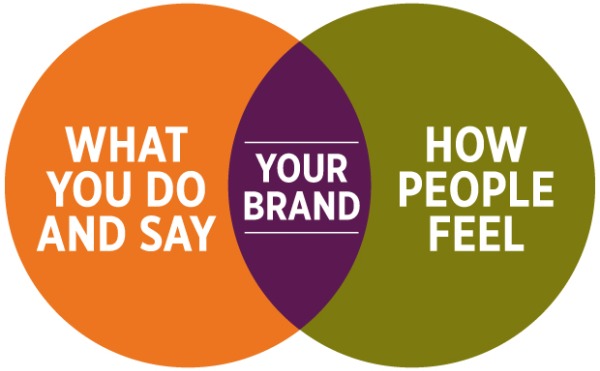Consumers want to believe again. So help them.
People are tired of doing without. The term being bandied about right now by market observers is “frugality fatigue,” meaning the pent-up desire among hard-pressed, anxious consumers to pick up their buying. Obviously, some consumers remain too distressed for their spending to rebound. But most people feel hopeful about renewing their engagement with shopping.
Lots of signs point in this direction. Discretionary purchasing is up. Name brands and non-discounted fashions are doing better. High-end personal care products are growing. People are planning to dine out more, and when they do they are going to higher-priced restaurants, ordering appetizers again and spending more than they budgeted. More people are planning to spend their tax refunds instead of using them to pay off debts.
As we’ve counseled all along, there is no “new normal of frugality” setting in as the recession recedes. Instead, as the economy is showing signs of strength, so is consumer spending.
This is to be expected. Americans are spenders not savers. It’s a myth that we’re thrifty; we’re not. We spend, and have always spent. We are unique in this way. This is not true in other developed markets. Brits and Europeans are savers not spenders. Sheldon Garon’s recent economic history, Beyond Our Means, shows that this difference is rooted in distinctive 19th century social contexts of moral suasion and political and charitable institutions.
People can’t spend if they don’t have cash or credit, which is where many consumers still find themselves nowadays. But in America, once people feel flush again, they spend. As Garon makes clear, this is cultural.
Not only is the idea of a ‘new normal of frugality’ off-base empirically and culturally, the traditional spending gusto of American consumers helps explain why the U.S. has long been a good market for innovation. There have always been consumers eager for new stuff to buy.
The relative priority among Americans for spending over saving demonstrates that demographics are not always destiny. Europeans are older and thus should be spenders, not the savers that they are, whereas Americans are younger and thus supposed to save not spend. Culture is a powerful dynamic that even trumps incentives and nudges. Europeans save despite strong government safety nets. Americans spend despite weaker safety nets.
Recent improvements in American household finances are putting culture back into play. Floyd Norris, the chief financial correspondent for The New York Times, pointed out in a recent news analysis that much of the reason March 2012 retail sales exceeded expectations was that consumer debt is now at levels not seen since the mid-1990s by one measure and since the mid-1980s by another. Of course, as Norris noted, there is more deleveraging to go and debt levels have fallen not because consumers paid them off but because financial institutions have written them off, much of it home foreclosures. Yet however this has happened, the result is that consumers have pocket money to spend again.
The personal savings rate spiked during the depths of the recession but it has subsequently declined to levels typical of the early 2000s. No upsurge in saving is imminent.
It is important for brand marketers to get this right. If the presumption is that a new normal of frugality has set in, then marketers will miss the opportunity to build their own momentum to recovery. Glass-half-empty rhetoric will continue to color the tonality of marketing messages when consumers are ready, instead, to hear something that speaks to them in the language of a glass half-full.
The worry is that the strong start to 2012 will be unable to sustain itself, just as happened in 2010 and 2011. But most economic observers are cautiously optimistic that another midyear swoon is not in the offing, even with all of the uncertainty being stirred up by the Eurozone. No history-making natural disaster has struck this year. Inventories remain lean. Consumers and business leaders are feeling more confident. China’s slowing growth will have an effect, but it is likely to be modest.
The Citigroup Surprise Index adds further assurance about the state of the economy in 2012. This index compares economic data against consensus expectations about the economy, and over time this measure of investor expectations has closely tracked the stock and bond markets. While this index has turned down in recent weeks, it is tracking well above 2011, indicative of a more robust economy in 2012 that is unlikely to repeat the midyear swoon of the year before.
Nothing is certain in today’s volatile marketplace, but consumers are turning back to the marketplace as at least some of the instability and hardship has begun to improve. Brand marketers must not let this opportunity slip by. The bottom line is simple: Consumers want to believe again. So help them.
The Blake Project Can Help: Accelerate Brand Growth Through Powerful Emotional Connections
Branding Strategy Insider is a service of The Blake Project: A strategic brand consultancy specializing in Brand Research, Brand Strategy, Brand Licensing and Brand Education





One comment
Gayle
May 26, 2012 at 11:32 am
Comforting article!
The English are definitely frugal or as we say in the UK “Penny pinchers” also from my experience I would say that we are also a little less trusting than our American neighbours who are generally a bit more open to new business propositions. Saying that we do tend to be loyal customers!
Comments are closed.